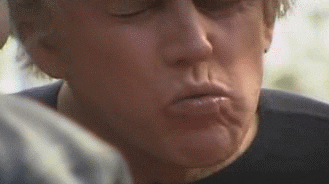Quanta
Imagine a universe where everything can be broken down into tiny bits.
No, I’m not talking about atoms here, although that was an important first step in visualizing the universe I’m talking about.
In this universe, energy isn’t continuous, but instead made of tiny particles. Any time you see anything, tiny particles of light are delivered to your eye and into your brain for processing, itself made up of tiny particles that send other tiny particles around.
There’s a smallest amount of anything you can imagine, from time to distance itself, to every piece of energy or matter or anything. Anything.
It might not shock you to realize that this appears to be the way our universe works.
Isaac Newton suggested something that sounded pretty crazy at the time. He suggested that light was made up of tiny particles he called corpuscles.
This idea helped to explain a lot of things about light, like the way it bounced off of mirrors, or the way it seemed to slow down in a different medium (refract…
Keep reading with a 7-day free trial
Subscribe to Goatfury Writes to keep reading this post and get 7 days of free access to the full post archives.


